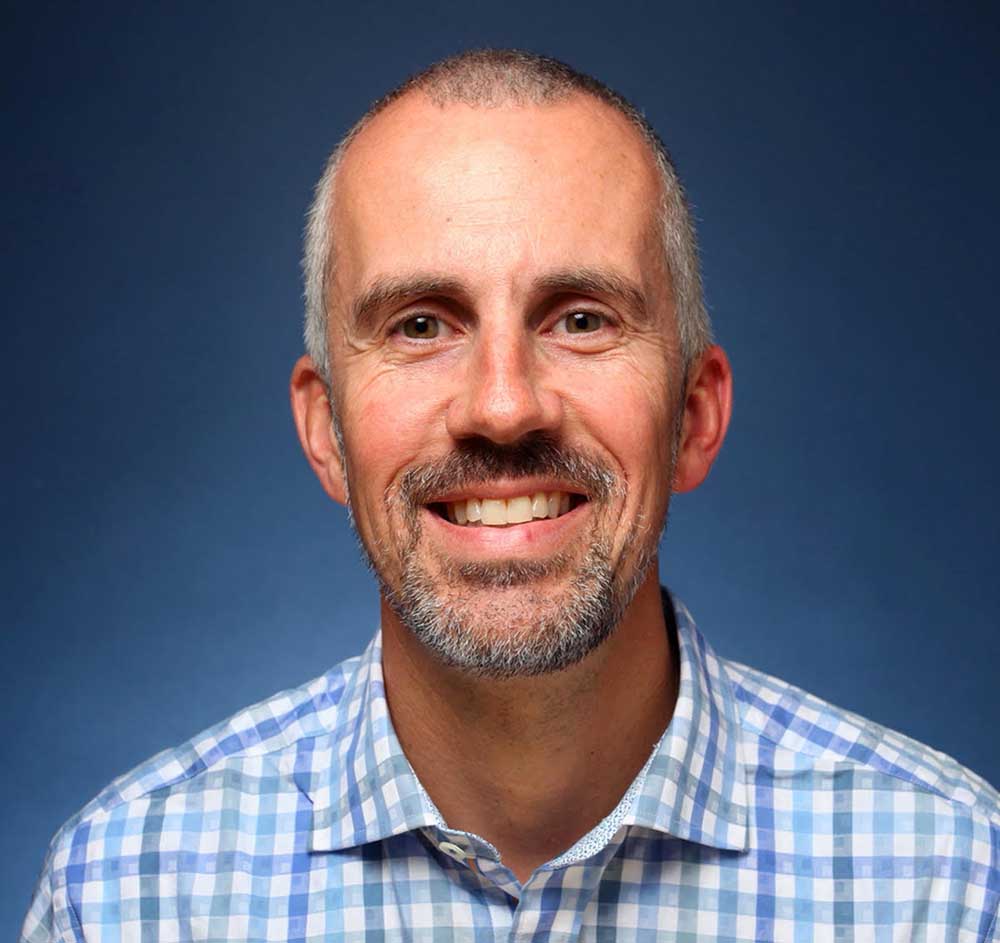What exactly do you do again?
Published 9:20 am Thursday, March 29, 2018

- Jon Rahl
What exactly do you do again?
I remember when I started in the tourism industry after graduating from the University of Utah in the fall of 2000. A year prior, possibly even six months earlier, I could not have told you what a convention and visitors bureau was. It’s likely I could have deduced a definition based on the words convention and visitors, but the real answer was that I truly had never heard of one.
There are several careers and jobs in society that without a direct connection to them, you’re probably in the same boat I was with a CVB (that’s the shortened version of convention and visitors bureaus — and probably even more confusing to people) when I joined the Salt Lake Convention and Visitors Bureau after completing an internship with the Utah Hotel and Lodging Association. Wow, that’s a lot of words that start to describe the two organizations that led me down this tourism path.
Over the years, many CVB’s have shortened their names to something that ultimate describes what they do in a little cleaner context. Travel Portland’s predecessor organization was the Portland Oregon Visitors Association, or POVA if you were in the industry and wanted to shorten it up a bit. My first career employer, the Salt Lake Convention and Visitors Bureau (often referenced as Salt Lake CVB), now does business as Visit Salt Lake. Both examples give a much more direct link to what organizations like mine — and theirs — do. Quite simply, these DMOs — destination management or marketing organization (I really didn’t intend to write about acronyms for this column) – exist to help foster economic growth through business, meetings and leisure travel. That’s the simplest definition.
In Seaside, we have two municipal departments that do work similar to that of a Travel Portland and Visit Salt Lake. The department I spend the bulk of my time in is the Seaside Visitors Bureau. This department is directly charged with advertising and marketing Seaside, Oregon and driving individual and group leisure travel to Seaside. The departmental budget — which comes from a portion of the 10% lodging tax paid by all overnight stays in Seaside – also covers management of a Visitor Information Center and we have three full-time staff as well as one, part-time employee. My other municipal department, the Seaside Civic and Convention Center, also receives a portion of that same 10% lodging tax. The convention center employs 11 full-time staffers and works to book meetings, conventions, conferences and events that also drive overnight stays.
The Seaside Visitors Bureau and the convention center have the same goal of putting “heads in beds” — a phrase often used to describe the sales and leisure process that keeps us sustainable. Quite simply, overnight visitors — whether they come for leisure or a meeting — help us repeat the cycle and create future budgets for both departments.
Ultimately, we are organizations and departments that operate to support and drive more business to the myriad hotels, vacation rentals, restaurants, attractions, retail shops and more. The advertising and marketing decisions we make — through the use of radio, print, transit and digital advertising, as well as public relation efforts and visitor support in our information center — are designed to create interest and awareness of Seaside. I hope this helped describe in some simple detail what it is we do. At a minimum I suppose I may have helped my daughters with some context if they are ever asked to describe what dad does for work.
Have a thought or a question about tourism in Seaside, or maybe an idea for a future column? Drop me an email at jrahl@cityofseaside.us. Jon Rahl is the director of tourism for the Seaside Visitors Bureau and Assistant General Manager of the Seaside Civic & Convention Center.





